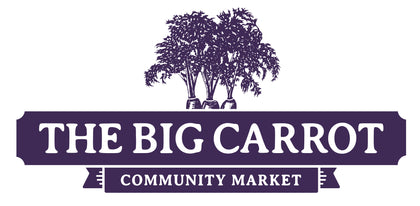Glutens are the proteins found in certain grains including wheat, spelt, rye, kamut and barley. There are two families of proteins under the umbrella of gluten called gliadins and glutenins. Gliadins have three subtypes and it is these proteins that negatively impact those diagnosed with celiac disease. Glutenins are the proteins responsible for making dough, doughy. When we mix yeast and glutenins the result is the rising of bread. Grains without gluten do not behave the same and produce denser breads and pastries.
So why have we vilified gluten in our diet?
According to William Davis, author of Wheat Belly, not all grains are the same. However, we tend to eat the same wheat variety, Triticum aestivum, in our standard North American diets. This wheat strain has been hybridized and modified to please processed food manufacturers and, in turn, affects our health. Add on the fact that the average Canadian eats a lot of wheat: cereal for breakfast, a muffin at break-time, a sandwich for lunch and pasta for dinner. Our over-exposure to wheat and its glutens creates intolerance. Symptoms of intolerance include bloating, fatigue, constipation, diarrhea and gas. When wheat and/or gluten are removed from the diet, most people feel relief from the symptoms of intolerance which has instigated a mass shift to “gluten-free” options in the grocery aisles. Name a carbohydrate based food and there will be a gluten-free option. Even foods that are naturally gluten-free will add this claim to their label, being gluten-free moves products these days.




